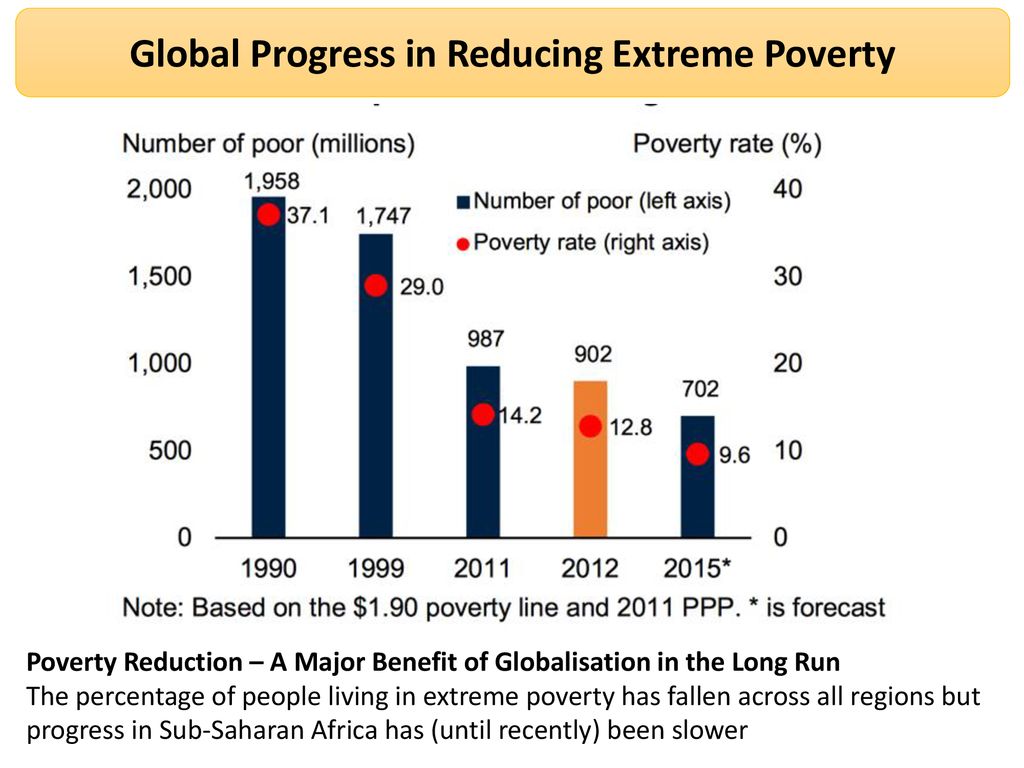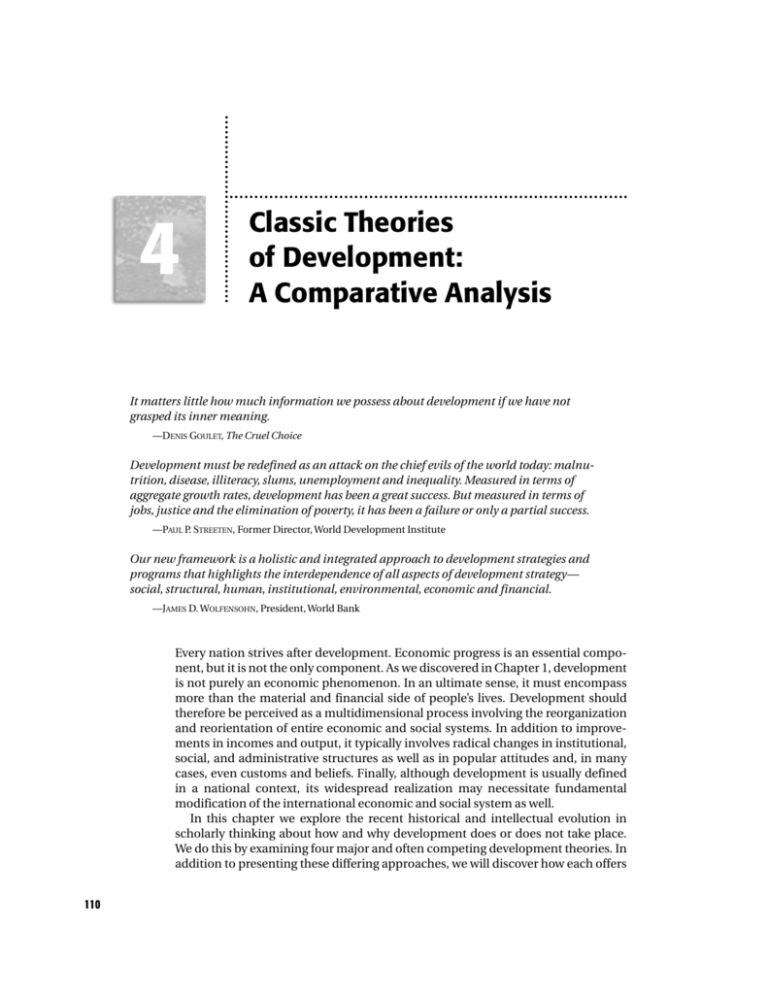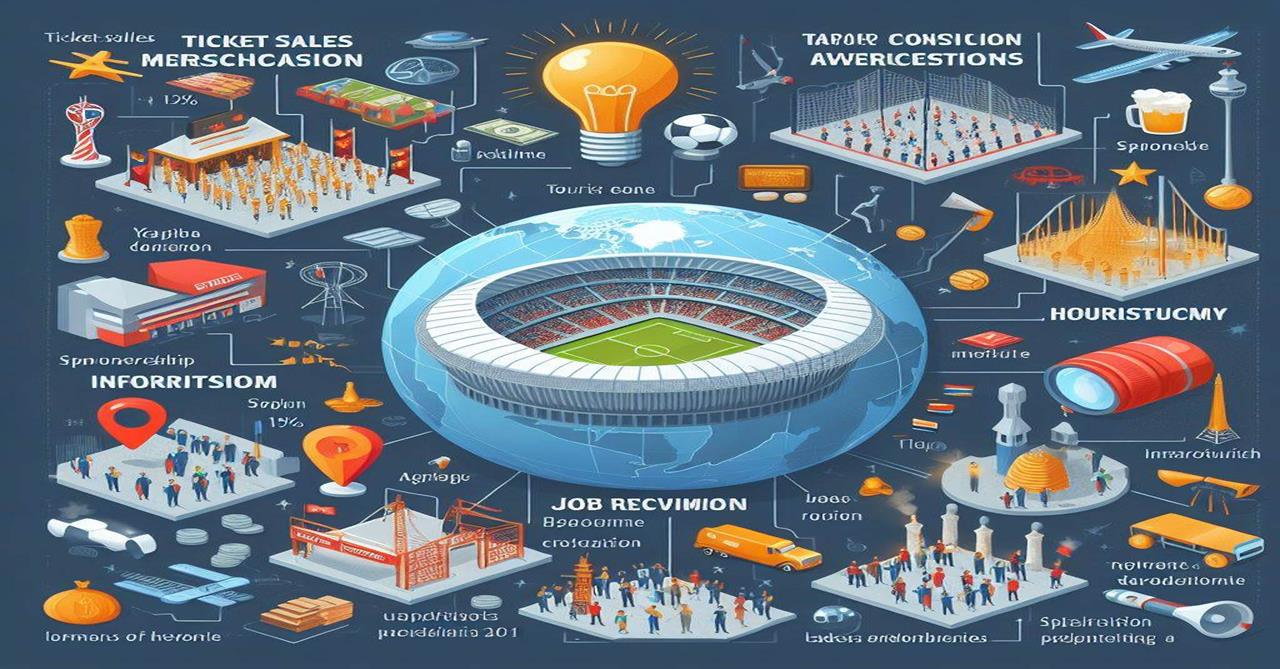
Global Poverty Reduction: A Journey of Hope and Hurdles
Global poverty is one of humanity’s oldest and most persistent challenges. For centuries, a large portion of the world’s population lived in extreme deprivation. However, in recent decades, we’ve witnessed remarkable progress in the fight against poverty, lifting millions out of the most severe conditions. Yet, the journey is far from over, with new challenges and stubborn setbacks threatening to undo hard-won gains.
This article will take you on a journey through the incredible progress made in reducing global poverty, explore the significant hurdles that remain, and look at what more needs to be done to achieve a world free from poverty.
What Exactly Is "Poverty"?
Before we dive in, let’s clarify what we mean by "poverty," especially "extreme poverty."
- Extreme Poverty: This refers to people living on less than a certain amount of money per day, currently set by the World Bank at $2.15 a day (in 2017 international prices). This isn’t just about money; it means lacking basic necessities like food, clean water, shelter, healthcare, and education. It’s a life of constant struggle for survival.
- Moderate Poverty: This is a slightly higher threshold, often around $3.65 or $6.85 a day, where people might meet basic needs but are still very vulnerable to economic shocks or natural disasters.
When we talk about "poverty reduction," we are often focusing on lifting people out of extreme poverty.
The Incredible Progress We’ve Made: A Story of Hope
For the first time in human history, we have seen a dramatic decline in extreme poverty. This isn’t just a small improvement; it’s a monumental achievement that often goes unnoticed.
From Billions to Millions: The Numbers Don’t Lie
- 1990: Roughly 2 billion people (36% of the world’s population) lived in extreme poverty. Imagine, more than one in three people on Earth struggled to survive on less than $2.15 a day.
- 2015: This number had fallen to about 740 million people (10% of the population). This means over 1.2 billion people were lifted out of extreme poverty in just 25 years! This was largely due to the Millennium Development Goals (MDGs), which aimed to halve extreme poverty by 2015 – a goal that was actually met ahead of schedule.
- Pre-COVID-19 (2019): The number continued to drop, reaching around 648 million people (8.4% of the population).
This remarkable progress was driven by several key factors:
- Economic Growth: Rapid economic growth in large, populous countries like China and India pulled hundreds of millions out of poverty. When economies expand, more jobs are created, and wages often increase.
- Globalization: The interconnectedness of economies allowed for increased trade, investment, and the sharing of technology, which boosted growth in many developing nations.
- Improved Health and Education:
- Better Healthcare: Reduced child mortality, increased access to vaccines, and better sanitation meant more children survived and grew up healthier, able to attend school and contribute to society.
- More Education: Expanding access to primary education, especially for girls, equipped people with skills to find better jobs and break the cycle of poverty. Educated individuals are more likely to earn higher incomes and make informed decisions about their health and families.
- Targeted Aid and Social Safety Nets: International aid and government programs like cash transfers, food assistance, and public works initiatives directly helped the poorest and most vulnerable families.
Key Takeaway: The past few decades have shown that reducing extreme poverty on a massive scale is not just a dream, but an achievable reality when the right conditions and efforts are in place.
The Stubborn Setbacks and New Hurdles: A Challenging Reality
Despite the incredible progress, the fight against poverty is far from over. In recent years, several significant setbacks and new challenges have emerged, threatening to reverse the gains and making the final push even harder.
1. Conflict and Crisis: The Ultimate Poverty Trap
- Displacement: Wars and conflicts force millions of people to flee their homes, leaving behind their livelihoods, assets, and communities. Refugees and internally displaced people often live in camps, relying on humanitarian aid, with limited access to jobs or education.
- Destroyed Infrastructure: Conflicts destroy schools, hospitals, roads, and markets, crippling economies and making it almost impossible for people to recover.
- Lost Opportunities: Children miss out on education, adults lose years of productive work, and entire generations are scarred by violence, making it harder to escape poverty even after the conflict ends.
- Examples: Countries like Syria, Yemen, South Sudan, and parts of the Democratic Republic of Congo have seen massive increases in poverty due to prolonged conflict.
2. The Climate Crisis: A Growing Threat
- Extreme Weather Events: Floods, droughts, heatwaves, and severe storms are becoming more frequent and intense. These events destroy crops, homes, and infrastructure, pushing vulnerable communities deeper into poverty. Farmers, who often rely solely on rain-fed agriculture, are particularly hit hard.
- Food Insecurity: Climate change directly impacts food production, leading to food shortages and rising food prices, making it harder for the poor to afford nutritious meals.
- Resource Scarcity: Water scarcity and desertification force people to migrate, creating new pressures on resources and increasing the risk of conflict.
- Coastal Communities: Rising sea levels threaten low-lying coastal areas, displacing populations and destroying fishing livelihoods.
3. Economic Shocks and COVID-19: A Punch to the Gut
- The COVID-19 Pandemic: This global health crisis had a devastating economic impact. Lockdowns, business closures, and supply chain disruptions led to:
- Job Losses: Millions lost their jobs, especially in informal sectors, which often lack social safety nets.
- Increased Poverty: For the first time in over two decades, the number of people living in extreme poverty increased in 2020. An estimated 70-120 million additional people were pushed back into extreme poverty.
- Education Setbacks: School closures meant millions of children, especially those in poor households without internet or devices, fell behind in their learning, impacting their future earning potential.
- Rising Food and Energy Prices: Global events, including the war in Ukraine, have caused significant increases in the cost of food, fuel, and other essential goods. This disproportionately affects the poor, who spend a larger share of their income on these necessities.
4. Persistent Inequality: The Unfinished Business
- Within Countries: Even in countries with strong economic growth, the benefits often don’t reach everyone equally. The rich get richer, while the poorest are left behind, leading to social unrest and instability.
- Between Countries: While some regions (like East Asia) have seen huge poverty reductions, others (like Sub-Saharan Africa) still face massive challenges. The majority of the world’s extreme poor now live in Sub-Saharan Africa.
- Lack of Opportunities: Inequality often means unequal access to quality education, healthcare, and economic opportunities, making it very difficult for those born into poverty to escape it.
Key Takeaway: The path to eradicating poverty is not linear. New global crises and existing structural problems create significant hurdles, demanding renewed and innovative efforts.
What’s Being Done and What More is Needed? The Path Forward
The global community recognizes that the fight against poverty is far from over. The United Nations Sustainable Development Goals (SDGs), adopted in 2015, include SDG 1: No Poverty, which aims to "end poverty in all its forms everywhere" by 2030. This ambitious goal requires concerted efforts on multiple fronts.
Here’s what’s being done and what more is crucial:
1. Investing in Human Capital: Education and Health
- Quality Education: Ensuring all children, especially girls, have access to free, quality primary and secondary education is fundamental. This equips them with the skills to secure better jobs and break the cycle of poverty.
- Universal Healthcare: Access to affordable healthcare prevents families from falling into poverty due to medical emergencies and ensures a healthy workforce.
- Nutrition: Addressing malnutrition, especially in children, is vital for physical and cognitive development, impacting their ability to learn and earn.
2. Creating Economic Opportunities: Jobs and Livelihoods
- Sustainable Job Creation: Policies that promote economic growth, support small businesses (SMEs), and encourage investment in job-rich sectors are essential.
- Access to Finance: Providing microfinance and loans to entrepreneurs, particularly women, helps them start and grow businesses.
- Infrastructure Development: Building roads, reliable energy, and internet access connects communities to markets and opportunities.
- Fair Wages and Worker Protections: Ensuring decent work conditions and fair pay helps lift people out of poverty and reduces inequality.
3. Strengthening Social Safety Nets: Protecting the Vulnerable
- Cash Transfers: Programs that provide direct cash payments to the poorest families can help them meet basic needs, invest in their children’s education, and cope with shocks.
- Food Assistance: Providing food aid or vouchers during crises and for chronically food-insecure households.
- Unemployment Benefits and Pensions: For those who qualify, these provide a crucial buffer against poverty during job loss or old age.
4. Good Governance and Peace: The Foundation for Development
- Fighting Corruption: Ensuring public funds are used for the benefit of citizens, not siphoned off, is critical for effective poverty reduction.
- Rule of Law: A fair and just legal system protects property rights, enforces contracts, and provides stability for businesses and individuals.
- Conflict Resolution: Investing in peacebuilding, diplomacy, and addressing the root causes of conflict is essential to prevent humanitarian crises that push millions into poverty.
5. Addressing Climate Change: Building Resilience
- Climate Adaptation: Helping vulnerable communities adapt to the impacts of climate change through early warning systems, drought-resistant crops, and flood defenses.
- Sustainable Practices: Promoting environmentally friendly agriculture, renewable energy, and sustainable resource management.
- International Climate Finance: Wealthier nations must fulfill their commitments to help developing countries transition to greener economies and cope with climate impacts.
6. International Cooperation and Partnership
- Official Development Assistance (ODA): Developed countries providing financial and technical assistance to developing nations remains crucial, especially for the poorest countries.
- Debt Relief: For highly indebted poor countries, debt relief can free up resources for essential social programs.
- Fair Trade: Promoting trade policies that benefit developing countries and ensure fair prices for their products.
Key Takeaway: The path to ending poverty is multifaceted, requiring coordinated action from governments, international organizations, civil society, and individuals.
Conclusion: The Unfinished Fight for a Better World
The story of global poverty reduction is a powerful testament to human resilience, innovation, and cooperation. We’ve proven that lifting billions out of extreme poverty is possible, marking one of humanity’s greatest achievements.
However, the recent setbacks – driven by conflict, climate change, economic shocks, and persistent inequality – remind us that the fight is far from over. The last mile in poverty reduction is often the hardest, reaching those who are most marginalized, vulnerable, and living in fragile contexts.
Achieving a world where no one lives in extreme poverty is not just an economic goal; it’s a moral imperative. It requires sustained commitment, smart policies, innovative solutions, and a collective sense of responsibility. By learning from our successes, confronting our setbacks, and working together, we can still hope to build a more just, equitable, and poverty-free future for all.




Post Comment